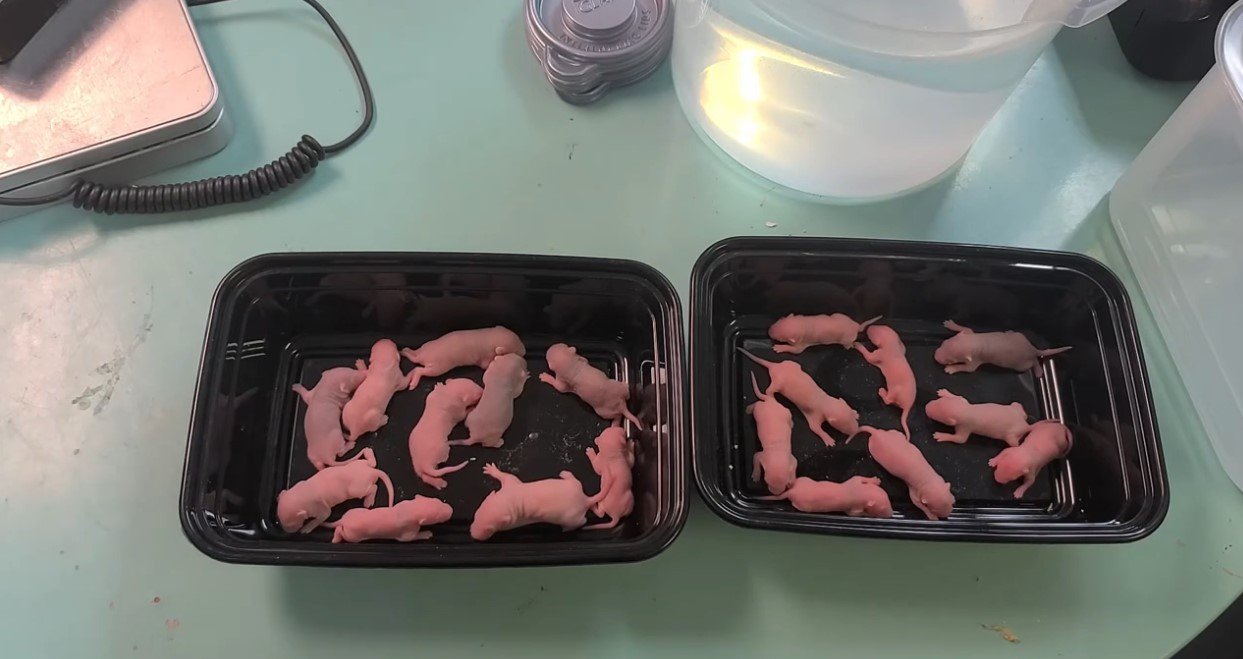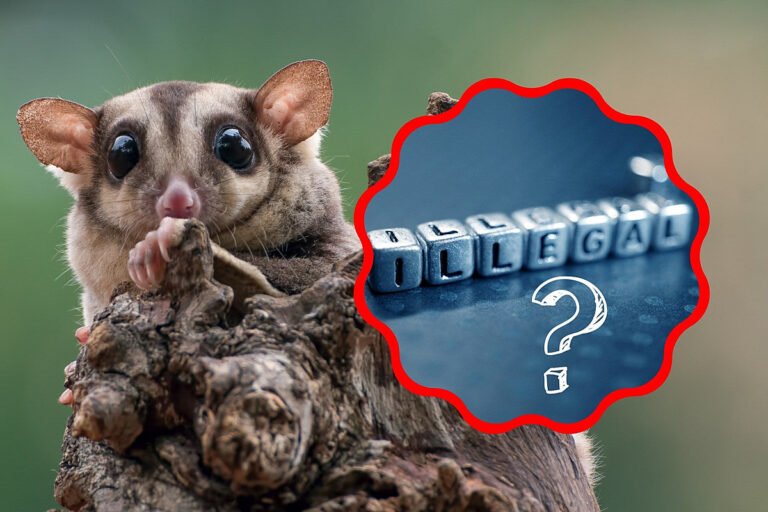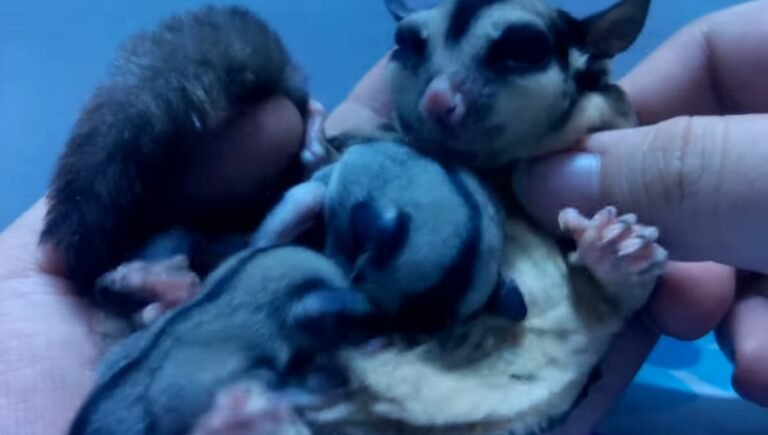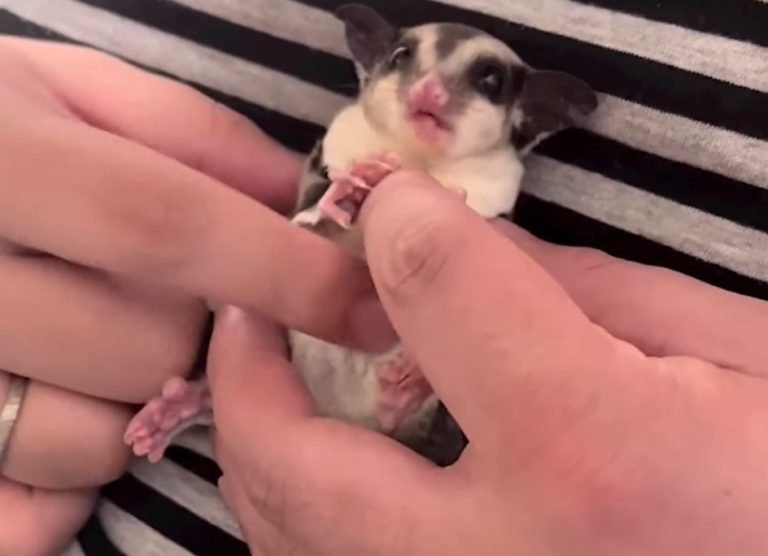Pinkies And Fuzzies
What are Pinkies and Fuzzies?
Pinkies and fuzzies are terms often used in the reptile and exotic pet community to describe the life stages of small prey animals such as mice and rats. These terms are particularly popular among reptile keepers who feed their snakes and other carnivorous reptiles a diet consisting of frozen rodents.
The Life Stages of Prey Animals
In order to fully understand the terms “pinkies” and “fuzzies,” it’s important to know the different life stages of prey animals. Most small rodents, such as mice and rats, go through several stages of development before reaching adulthood.
1. Pinkies: Pinkies are newborn mice or rats that are hairless and have closed eyes. They are typically around 1-2 inches in length and weigh only a few grams. At this stage, they rely entirely on their mother for food and care.
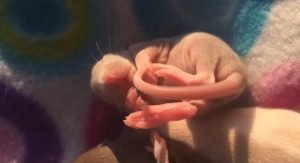
2. Fuzzies: Fuzzies are slightly older mice or rats that have a fine coat of fur but are still quite small. They have opened their eyes and are starting to venture out on their own. Fuzzies are often weaned from their mother’s milk and begin eating solid food.
3. Hoppers: Hoppers are the next stage of development for prey animals. They are larger than fuzzies and have fully developed fur and the ability to hop or jump. Hoppers are more independent and can move around more easily.
4. Adults: Finally, prey animals reach adulthood. At this stage, they are fully grown and capable of reproduction. Adult mice and rats are larger and more robust compared to their younger counterparts.
The Importance of Pinkies and Fuzzies in Reptile Diets
Now that we understand the life stages of prey animals, it’s clear why pinkies and fuzzies hold significance in the reptile-keeping community. These small rodents are an essential food source for many reptiles, particularly snakes.
When it comes to raising young reptiles, pinkies are often the go-to choice. Their small size and lack of fur make them easily digestible for hatchling snakes. Pinkies are packed with essential nutrients and provide the necessary calcium and protein for reptile growth.
As reptiles grow, their dietary needs change. Fuzzies are the next step in the progression of prey animals and offer a more substantial meal for growing reptiles. The fur on fuzzies provides extra roughage and fiber, aiding in digestion.
Many reptile keepers choose to feed frozen pinkies and fuzzies to their pets. Frozen prey is convenient, safe, and easy to store. By thawing out frozen rodents and offering them to their reptiles, keepers can provide a varied and nutritionally balanced diet.
Feeding Pinkies and Fuzzies Responsibly
While pinkies and fuzzies are an important part of a reptile’s diet, it’s crucial to feed them responsibly and in appropriate quantities. Overfeeding can lead to obesity and health problems in reptiles, so it’s important to monitor portion sizes and adjust accordingly.
It’s also essential to purchase pinkies and fuzzies from reputable sources. These prey animals should be bred and raised in clean and healthy environments to ensure they are free from diseases and parasites. Avoid feeding wild-caught rodents to your reptiles as they may carry harmful pathogens.
Additionally, it’s important to provide a varied diet for your reptiles. While pinkies and fuzzies are nutritionally rich, they should be supplemented with other prey items such as insects or feathers for a well-rounded diet.
Frequently Asked Questions
1: Are pinkies and fuzzies the only suitable prey options for reptiles?
No, pinkies and fuzzies are just one option among many suitable prey items for reptiles. Depending on the species and size of the reptile, other prey options such as insects, fish, or even larger rodents may be appropriate.
2: Can reptiles eat live pinkies and fuzzies?
It is generally not recommended to feed live prey to reptiles. Live prey can potentially injure or stress reptiles, and there is also a risk of the prey animal turning the tables and harming the reptile. Feeding frozen and thawed prey is a safer and more humane option.
3: How often should I feed pinkies and fuzzies to my reptile?
The frequency of feedings will depend on the species, age, and size of the reptile. Younger reptiles may require more frequent feedings, while adults may benefit from less frequent meals. Consult a reptile veterinarian or breeder for specific feeding guidelines for your pet.
Final Thoughts
Pinkies and fuzzies play a vital role in the nutrition and growth of many reptiles. These small prey animals provide essential nutrients and contribute to the overall health and well-being of reptiles. However, responsible feeding practices, such as monitoring portion sizes and offering a varied diet, are crucial for maintaining the health of your reptile companion. By understanding the different stages of prey animals and their significance, reptile keepers can provide their pets with a well-balanced diet and ensure their long-term health and happiness.

